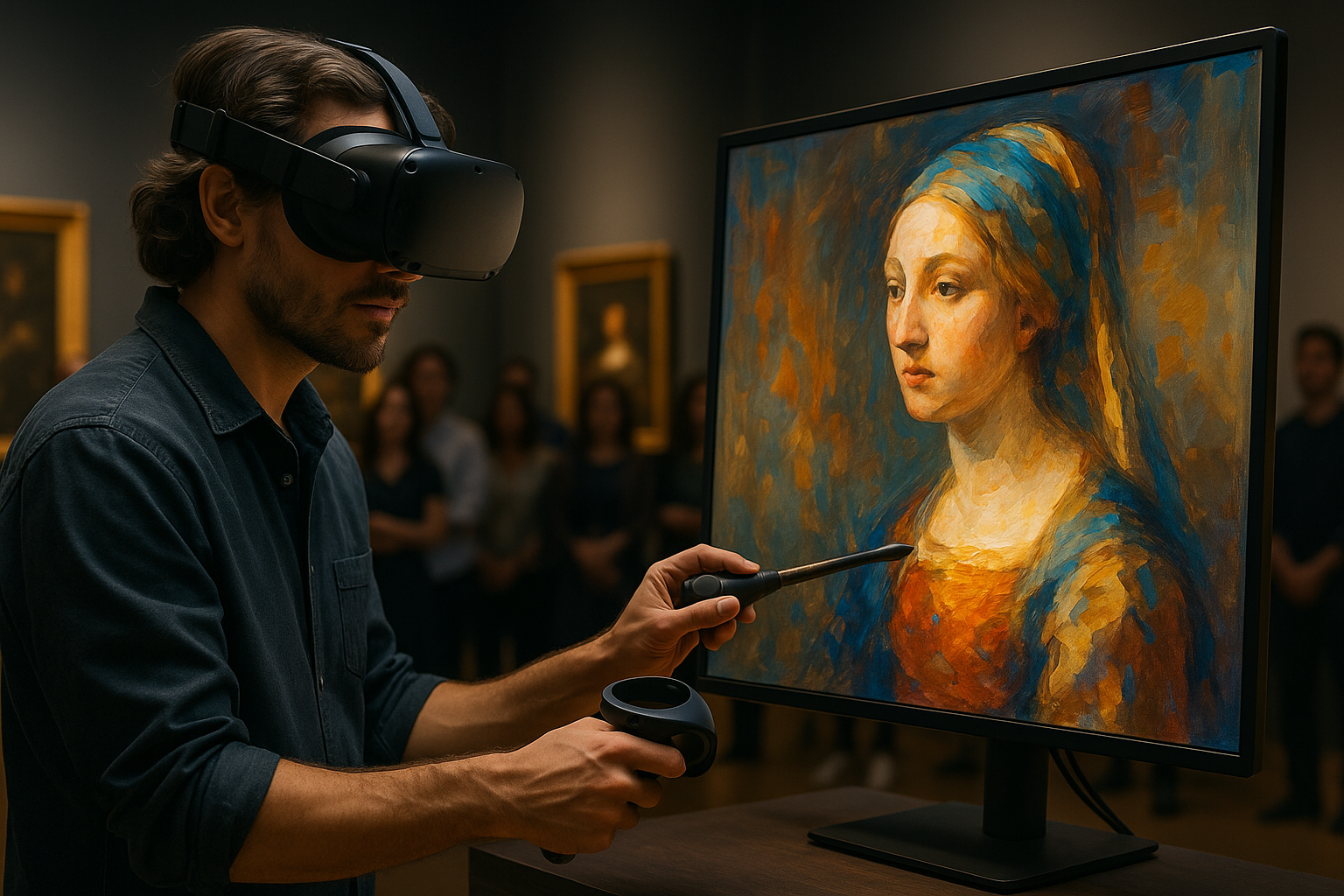Digital Renaissance: The New Wave in Artistic Expression
The dawn of the digital age has brought forth a new wave of artistic expression. From digital painting to virtual reality installations, technology has broadened the horizons of art, transforming the way we create, interact with, and perceive artistic works. This article delves into the rise of digital art, its current trends, and its profound impact on the arts and entertainment industry.

Unveiling the Digital Canvas
The origins of digital art date back to the 1970s when artists began experimenting with computers and software to generate art. However, it was the advent of the internet in the 1990s that truly sparked the digital art revolution. Artists started to utilize digital platforms to share their work, connect with audiences, and challenge traditional notions of art. The digital canvas was no longer confined to physical dimensions, allowing for limitless possibilities in artistic expression.
Riding the Digital Wave
In recent years, digital art has seen an unprecedented surge in popularity. Social media platforms and digital art platforms have democratized art, making it more accessible to the masses. The recent NFT craze has further fueled this trend, with digital artists like Beeple selling artworks for millions of dollars. The phenomenon has not only redefined the art market but has also sparked a dialogue on the inherent value of digital art.
Impact and Significance
The rise of digital art has had a profound impact on the arts and entertainment industry. It has reshaped the way art is consumed, breaking down geographical and economic barriers. Additionally, it has opened up new avenues for artistic experimentation, paving the way for immersive experiences such as VR art installations and interactive digital exhibits. Furthermore, it has revolutionized the art education sector, with digital art courses gaining popularity across the globe.
Reception and Criticism
While the digital art movement has been widely embraced, it has also been met with criticism. Traditionalists argue that digital art lacks the tactile quality and authenticity of traditional art forms. However, proponents of digital art argue that it is not about replacing traditional art, but about expanding the artistic landscape. The debate continues, but what remains undeniable is the transformative effect digital art has had on the arts and entertainment industry.
Looking Ahead
Digital art is not a passing trend—it’s here to stay. As technology continues to evolve, we can expect further innovations in the digital art sphere. From AI-generated art to holographic performances, the future of digital art promises to be exciting and unpredictable, continuing to push the boundaries of creativity.
In conclusion, the rise of digital art represents a significant shift in the arts and entertainment industry. It has broadened the scope of artistic expression, democratized art, and challenged our perception of what art can be. As we navigate through this digital renaissance, it is essential to embrace the change and explore the new possibilities that this innovative art form presents.




